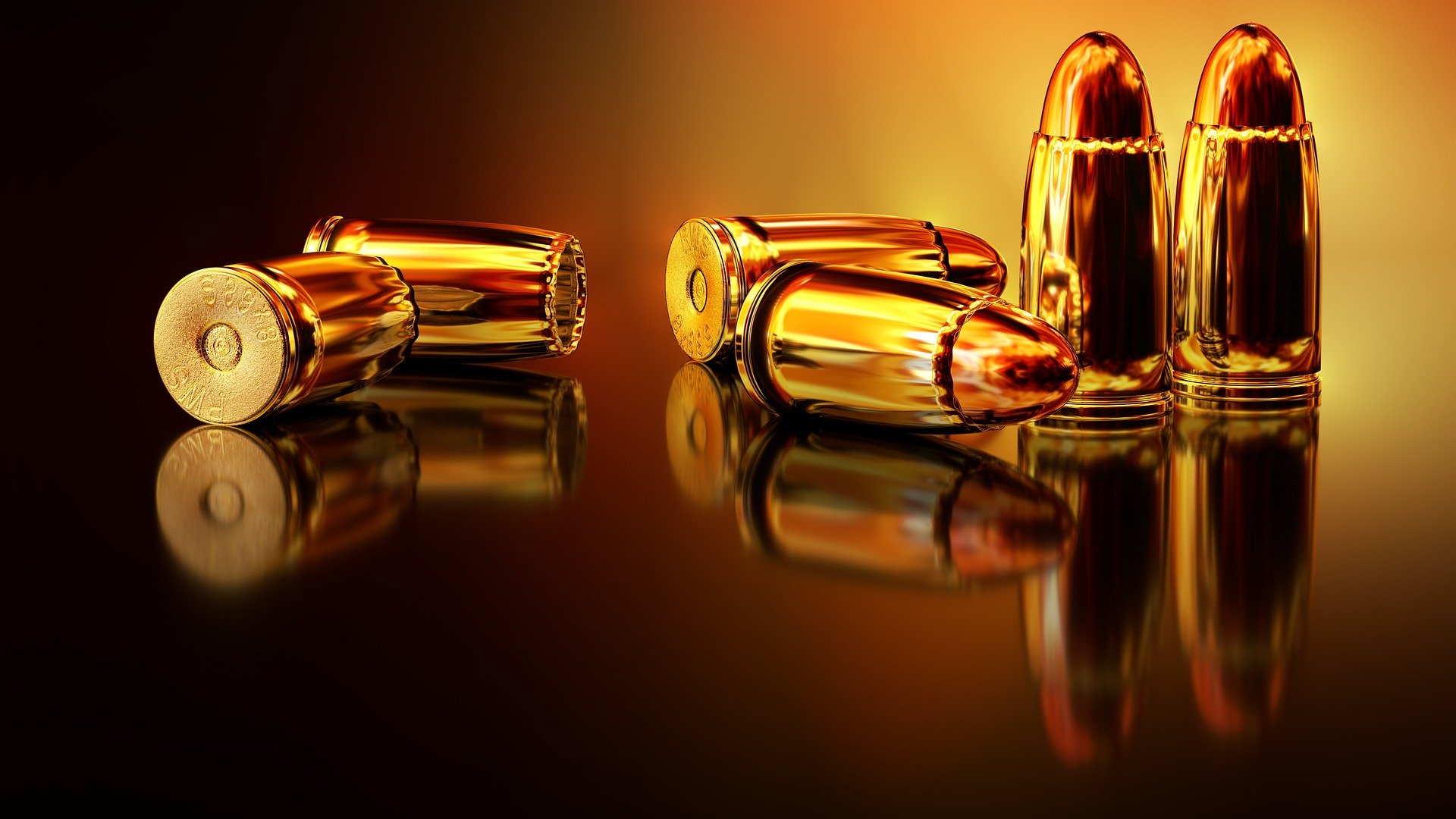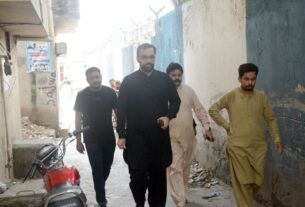Support NewsLeaf.com by becoming a Patron today by clicking here.
If one thing is clear following the death of George Floyd, it is that the United States has a police brutality problem. The Black Lives Matter (BLM) movement has grown to challenge the brutalisation of African American peoples in the United States, which has seen them disproportionately shot and killed by law enforcement, but this is not the full story. To really tackle the problem that lies at the heart of this movement, Americans need to look to the constitution.
It is unfair to blame the constitution itself; rather the issue is the interpretation of the second amendment – an almost total and unfettered “right to bear arms” – that has allowed for the proliferation of guns at an unprecedented rate versus all other developed nations on earth.
The police in the United Kingdom are often pointed to by BLM activists as the model for the United States to follow – there are still issues of disproportionate treatment and legal justice outcomes – but killings by officers are rare. In 2020, there have been three fatal shootings by the UK police; two, after a knife-man had stabbed multiple people, and the third after the suspect threatened officers with a knife.
The whole decade of the 2010s saw just 23 people shot and killed by police in the United Kingdom – in almost every case the killing deemed lawful – with the suspect either having killed or was brandishing a weapon and threatening to kill. The vast majority were knife-men.
The United States’ population is 5 times that of the UK, at around 62 million. If law enforcement killings were proportionate to those across the Atlantic, 2019 would have seen 15 deaths across America – however, 1,004 people shot and killed by US law enforcement that year.
“In the United States, there are more guns than people – approximately 1.2 guns per person – and almost one in every two households possesses a firearm.”
Lethal police shootings are so prevalent that they are listed as a leading cause of death among young American males; almost 1/2000 deaths in this group is caused by a police bullet according to a PNAS study. Amongst young African American males, it is as high as 1 in every 1000.
Although there is a legacy of prejudice and systemic racism in the United States that has meant police brutality has affected black people disproportionately, the sheer scale of killings by American police is disturbing.
The images from riots across America during the BLM protests sparked by the death of George Floyd – suffocated under the knee of a Minneapolis police officer – have shown that brutality, although disproportionate in African American communities, is not something that white people are immune from. Images of a man in his late 70s shoved to the ground in Buffalo, New York – left in a life threatening condition – or of journalists being shot with rubber bullets, has betrayed a deep paranoia at the heart of American law enforcement. A paranoia that they themselves will be on the receiving end of a 9mm cartridge.
Guns are legal in the United Kingdom. Whilst certain weapons are banned (handguns were outlawed after the Dunblane primary school shooting in 1996), if you have a licence and properly secured storage, you can own a gun. According to the most recent data, almost 150,000 people in the England and Wales own guns – one for every 405 people. In the United States, there are more guns than people – approximately 1.2 guns per person – and almost one in every two households possesses a firearm.
Also read:
- Halsey launches ‘Black Creators Fund’
- Interview with One in an ARMY: “The fandom has long been a strong voice for activism and advocacy”
- Muslims in London distribute meals to the homeless
- New Pakistani Drama, Starring Faysal Quraishi, To Start On July 9
When police in the United Kingdom pull someone over for suspected drink driving, or for a vehicle being flagged up as stolen, they have almost no reason to believe that they will end up lying in a pool of their own blood just moments later. In the last decade 9 officers have been killed on duty – two of whom were shot dead, both in the same incident.
Whilst less consistent data is available in the United States, figures from 2016 alone show that 64 officers were shot and killed; if US killings were proportionate to the UK, there would have been 10 in the last ten years. In the United States, the last decade has seen approximately 150 officers killed on duty each year, the leading cause of which was firearms.
Not only do the police shoot and kill civilians more frequently in the United States, but officers are killed by a firearm more frequently as well. The issue at the heart of police violence in the United States is guns.
This is not to diminish systemic racism in America, which is extremely significant within its own right. The data cited above shows how much more likely it is for African American communities to be killed by a police bullet – this deserves attention in its own right, and is the crux of the ongoing protests – but the issues of police killings are a broader social and cultural issue, not just one borne of the systemic racism in the United States.
A lack of standardised training across the United States – with departments mostly in charge of the training for their officers – leaves some departments placing almost no emphasis on de-escalation, or accepting new recruits who have a background in violent or racially motivated crime.
One of the officers involved in the killing of George Floyd had a long criminal record prior to joining the force – in the United Kingdom, that would have been disqualifying. Many officers lack training in elements of policing and often with a dubious and sometimes violent record are ill-equipped to de-escalate situations; tense situations are infinitely more likely to spill blood.
Support NewsLeaf.com by becoming a Patron today by clicking here.
The “George Floyd” Police Reform Bill, introduced by Speaker Nancy Pelosi, to tackle the police brutality problem that led to the death of Floyd, has introduced bans on choke-holds and prohibited “no-knock” raids. The legislation has also sought to increase police accountability on civil rights violations and create a national database to log police misconduct.
This is a good start, holding the police to a higher standard than they are currently, but the oft-cited “culture of brutality” within the police cannot be solved with greater accountability alone. With America awash with guns, there is always going to be a culture of paranoia in the police that will lead to more violence perpetrated against the public. Even when the victims are unarmed, the fear that they might be carrying a weapon (completely legally) will lead to greater hostility, escalation and brutality against the public.
America must take another look at their gun laws and react to tighten up restrictions on gun ownership if they are serious about ending brutality and the intersections this has with systemic racism. “The only thing stopping a bad guy with a gun, is a good guy with a gun”, has become almost the unofficial motto of the National Rifle Association (NRA); comparing the number of shootings involving police officers and civilians shows how farcical this notion is.
The number of police “bad apples” who have shot unarmed people during arrests shows how this notion is not only ridiculous, but often completely blurred; the bad guy can be the one dressed in a uniform and carrying a badge – there is no redress for the good guy here.
There are many moving parts that determine just how bad police brutality is in the United States, and whilst we must not lose sight of the racial facets and disproportionality of this problem, the second amendment cannot be overlooked.
______________________________________________________________________________

Calum Paton is a History and Politics student at the University of Warwick. His writing predominantly focuses on American and British politics. Twitter: @Paton_Calum




